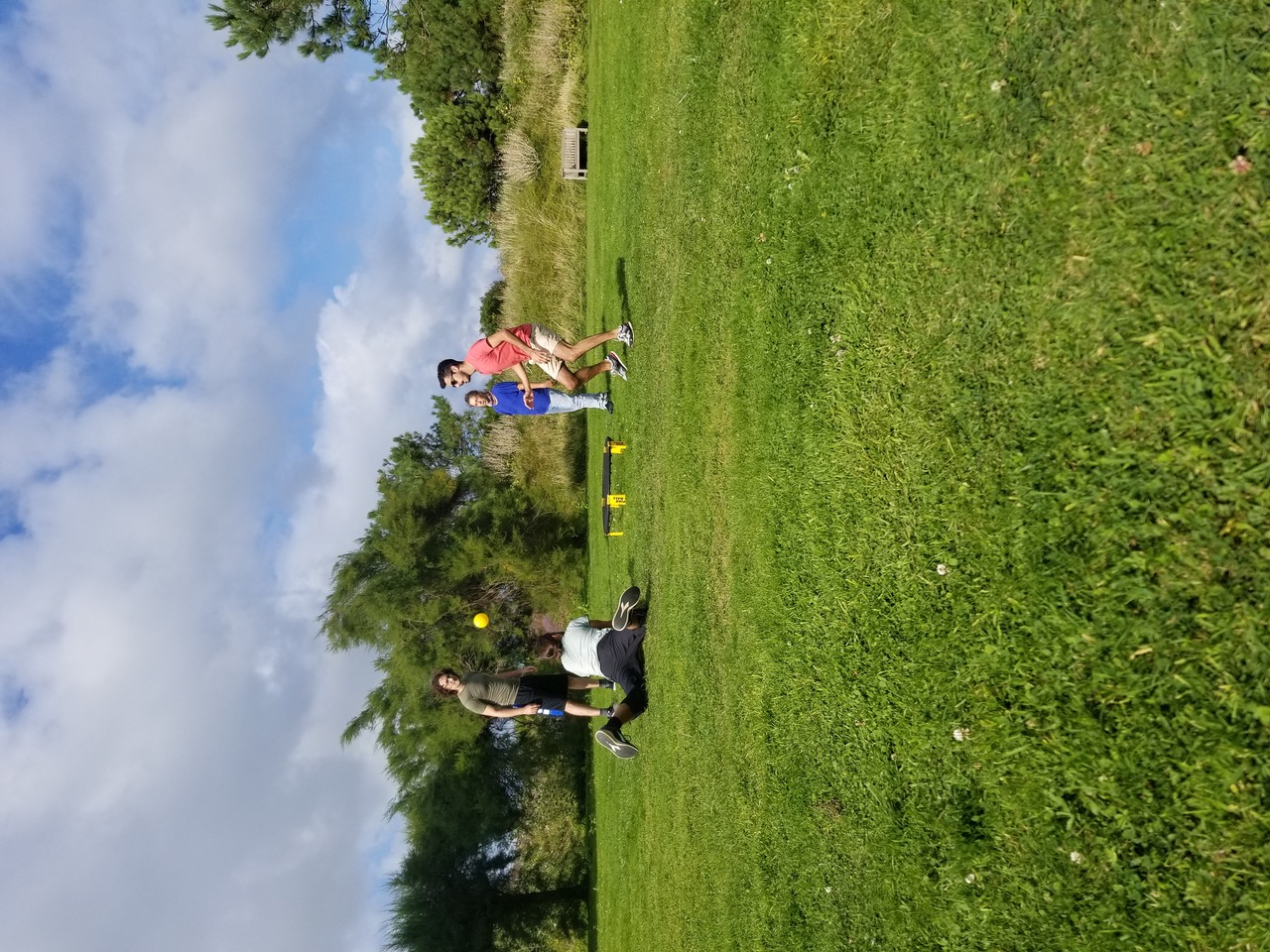
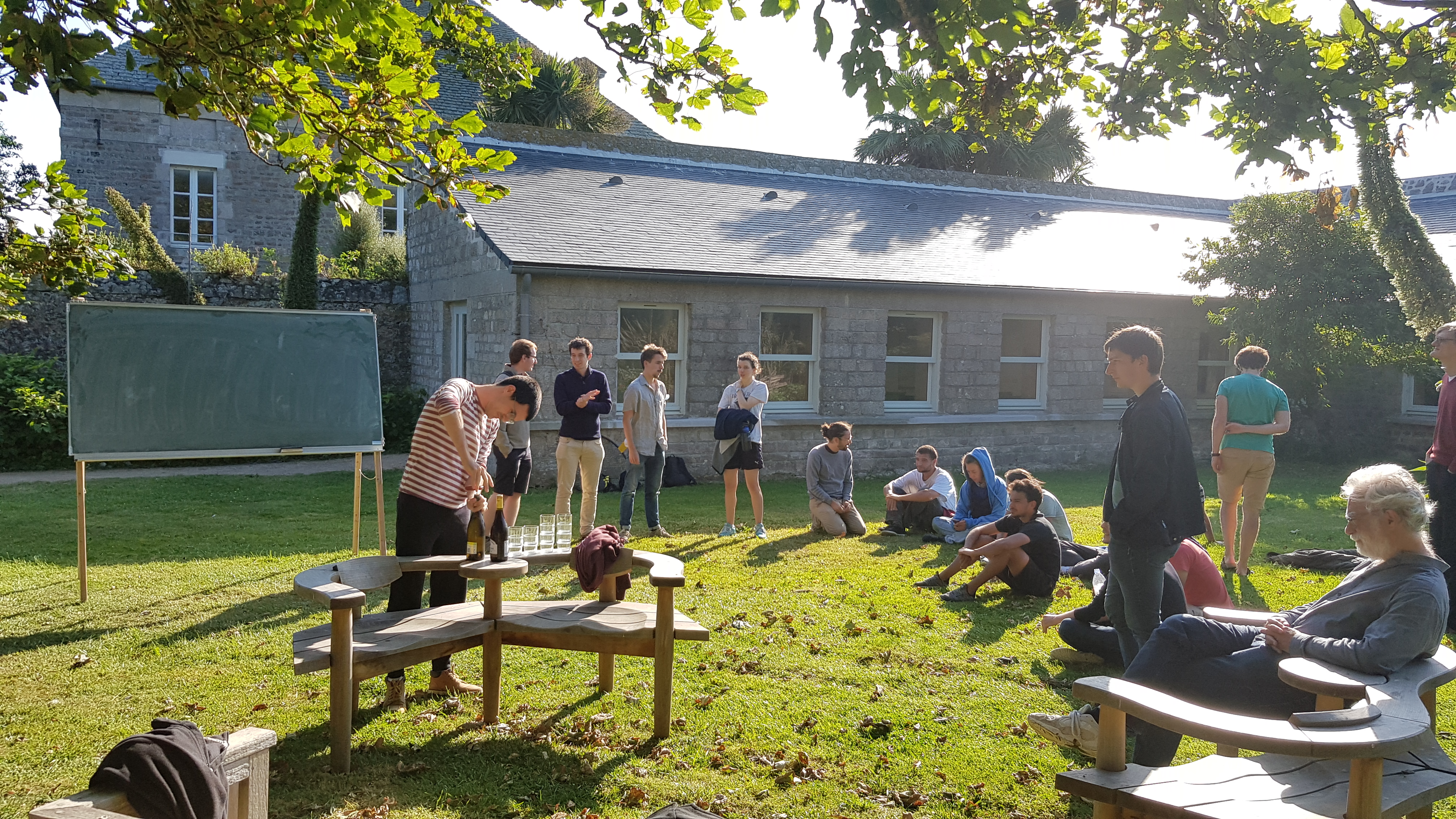
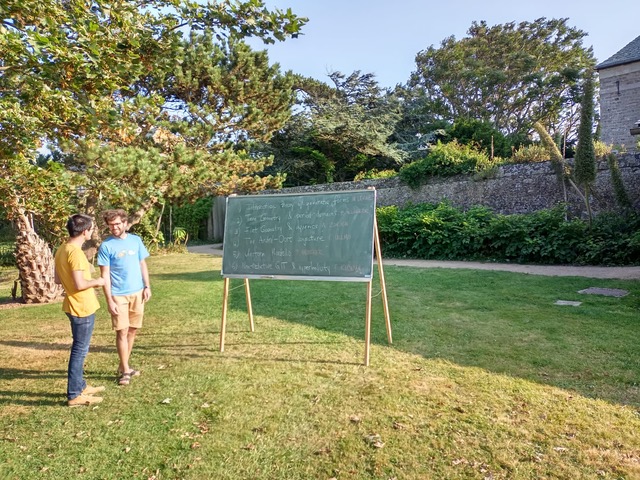


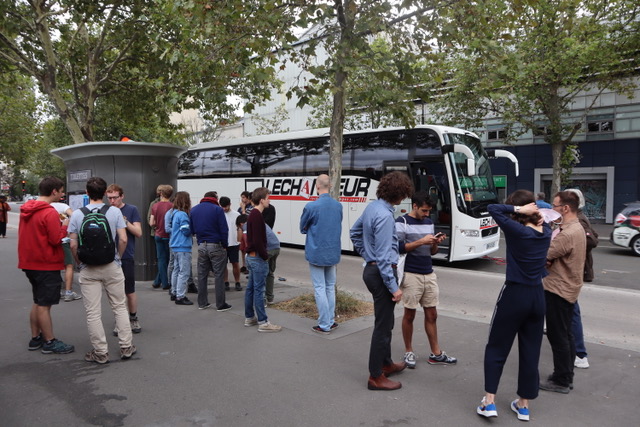
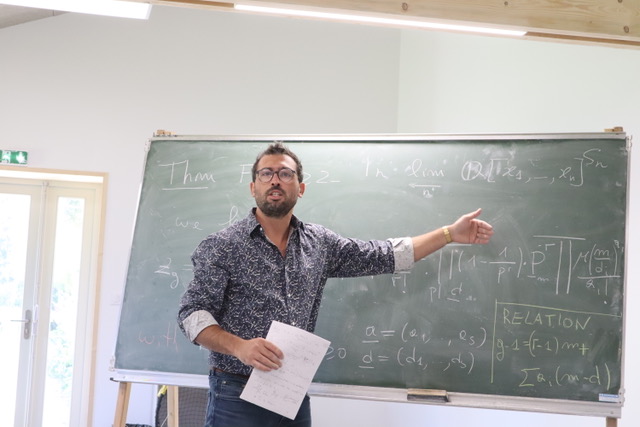
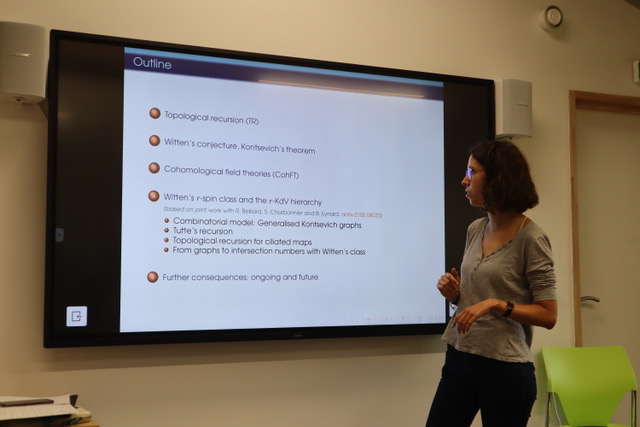
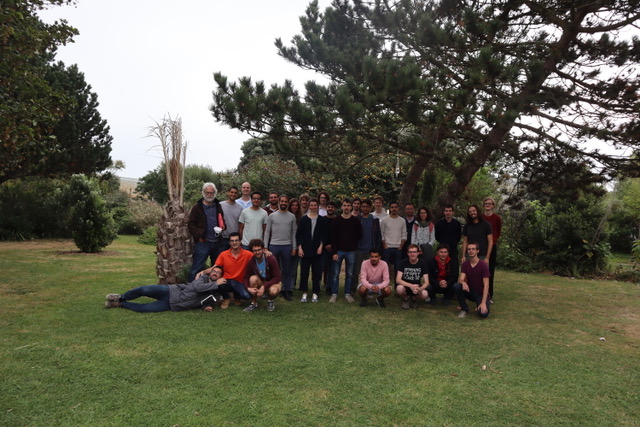
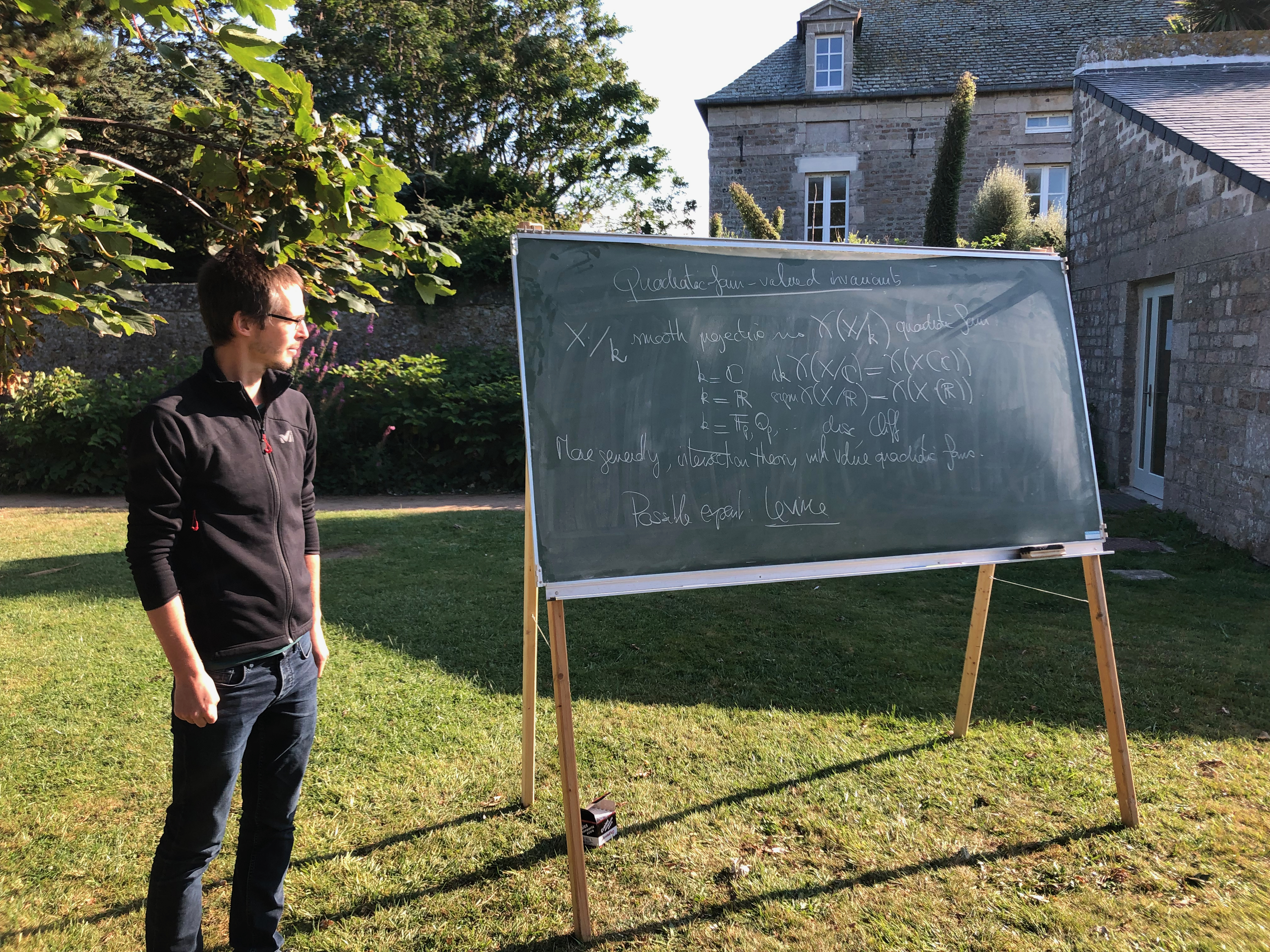
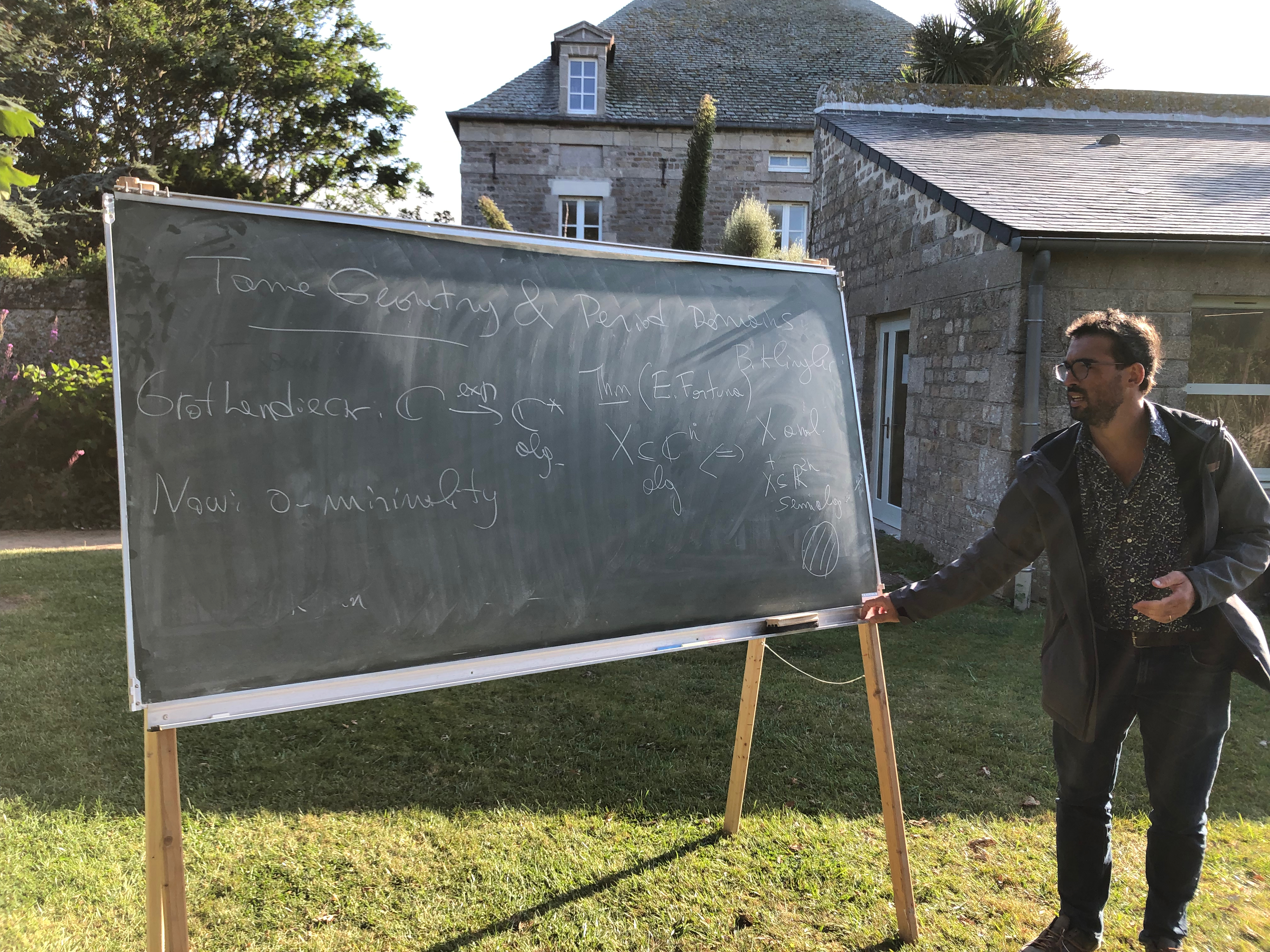
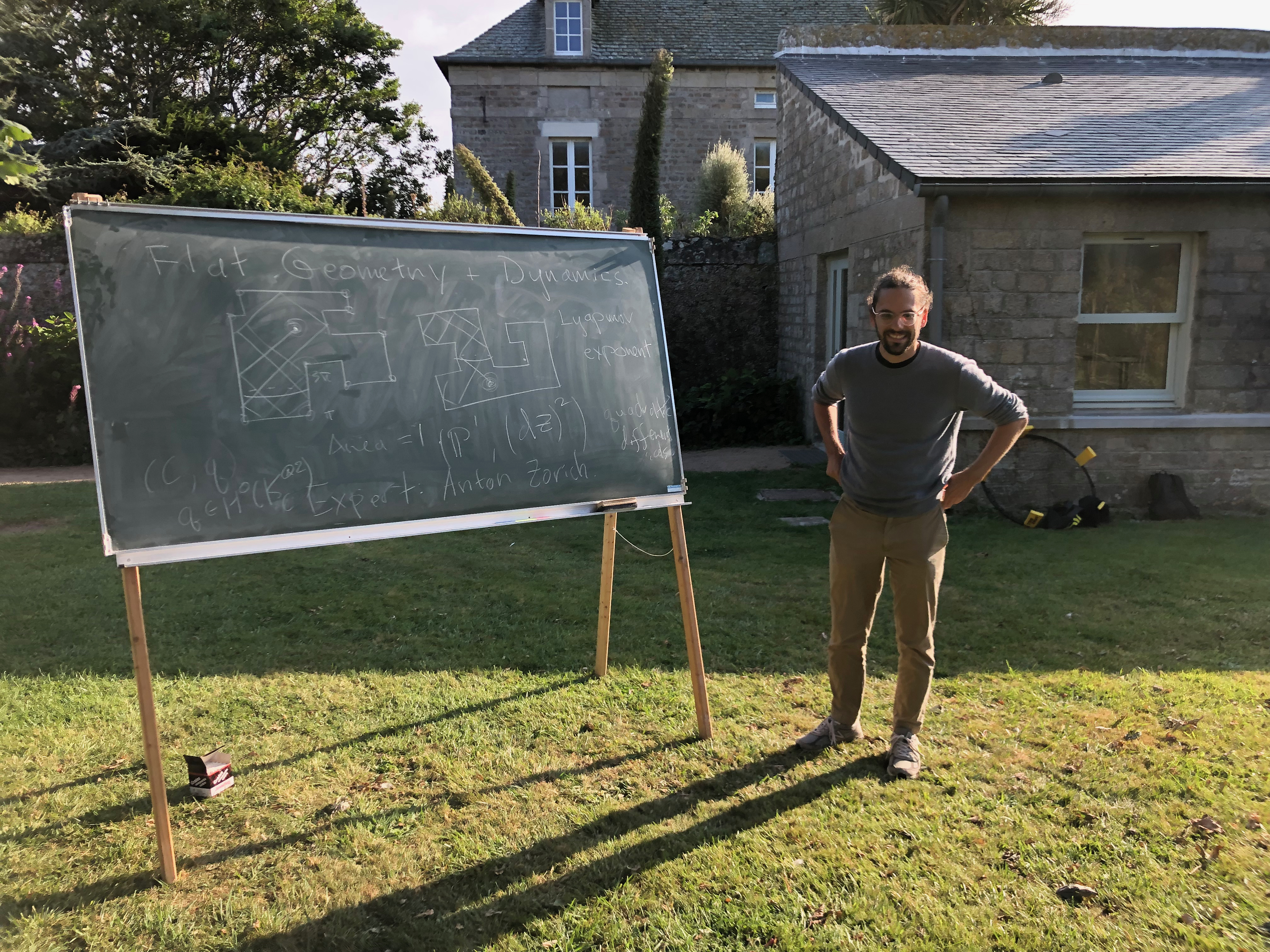
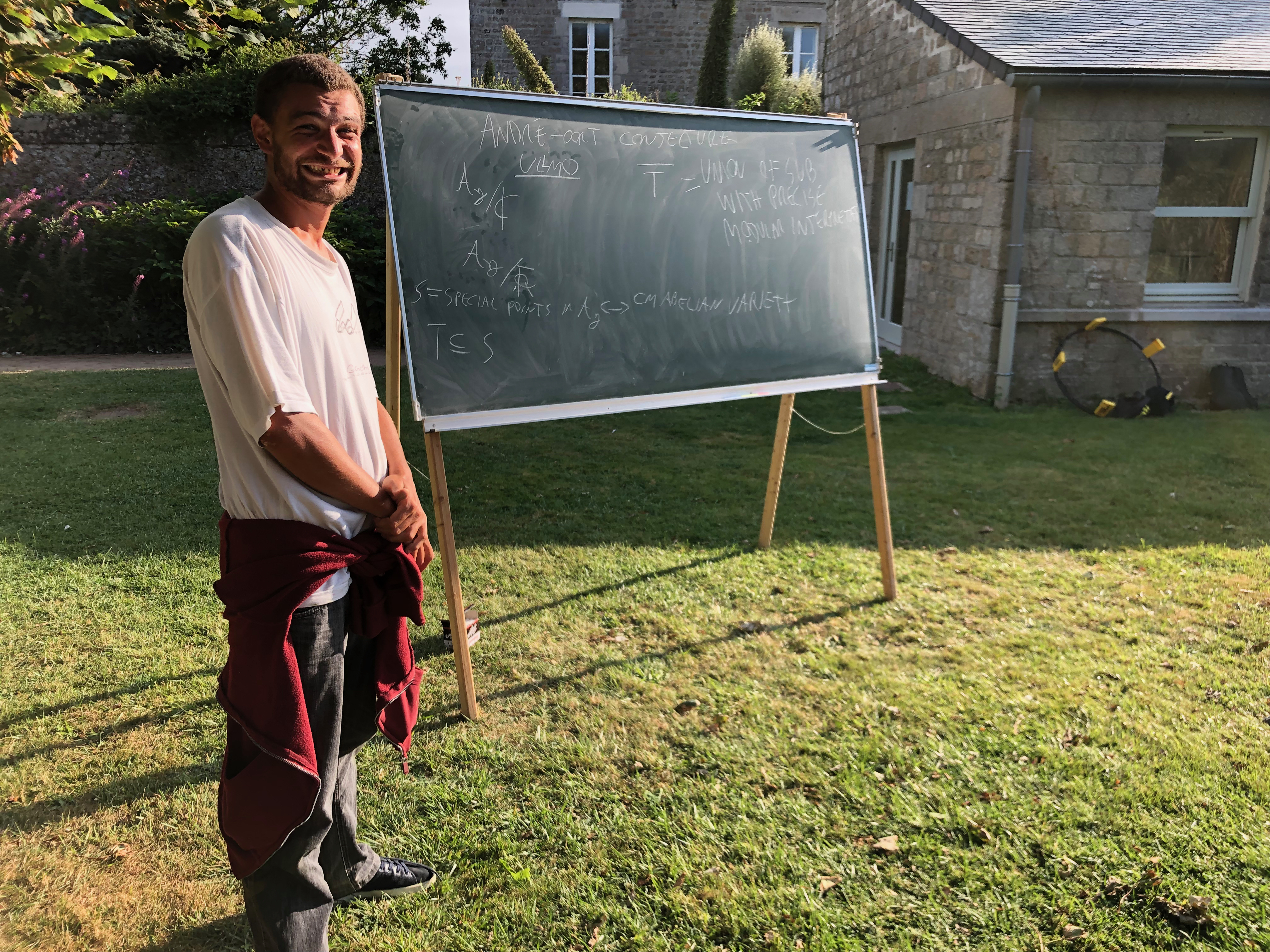
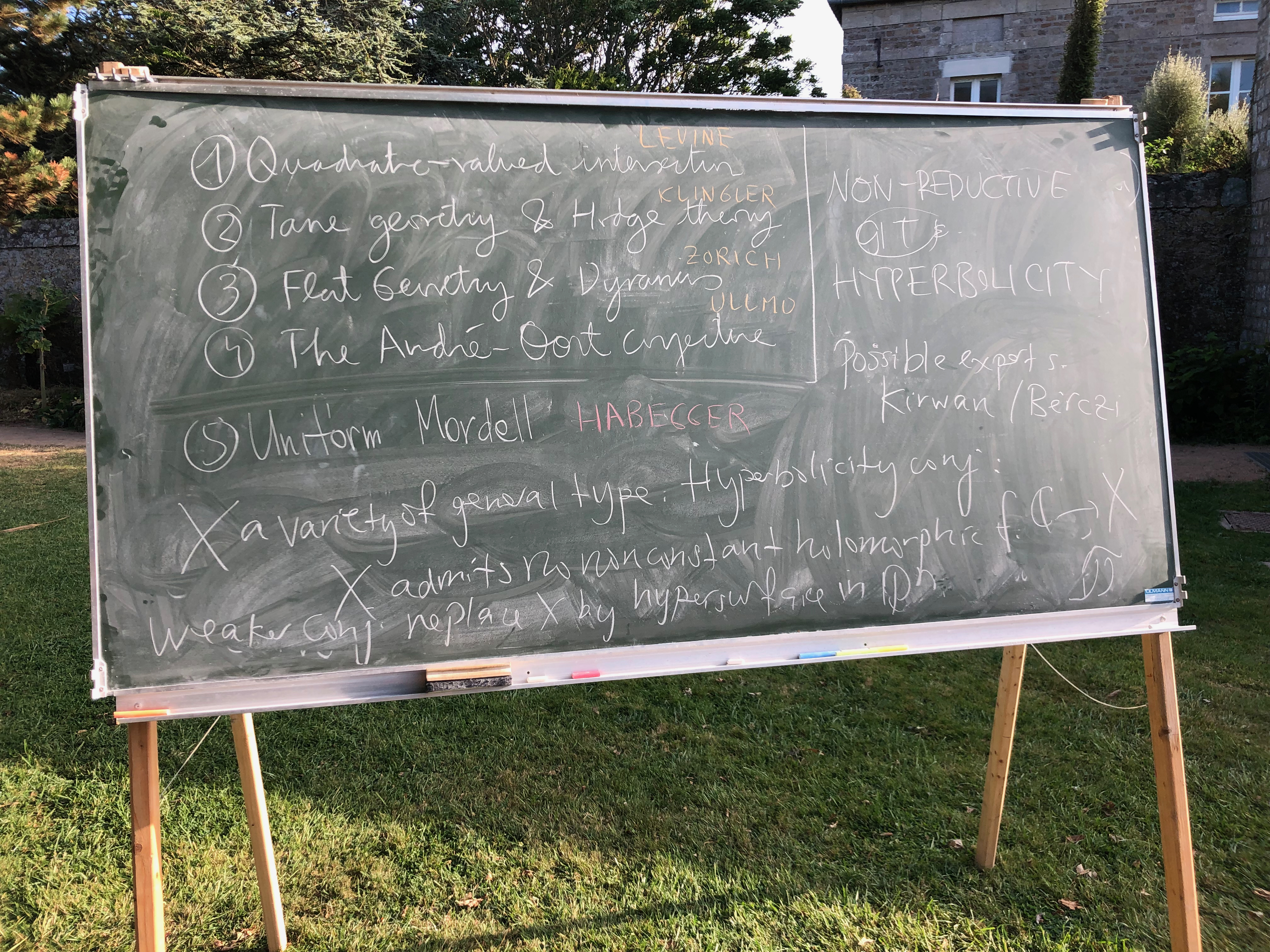
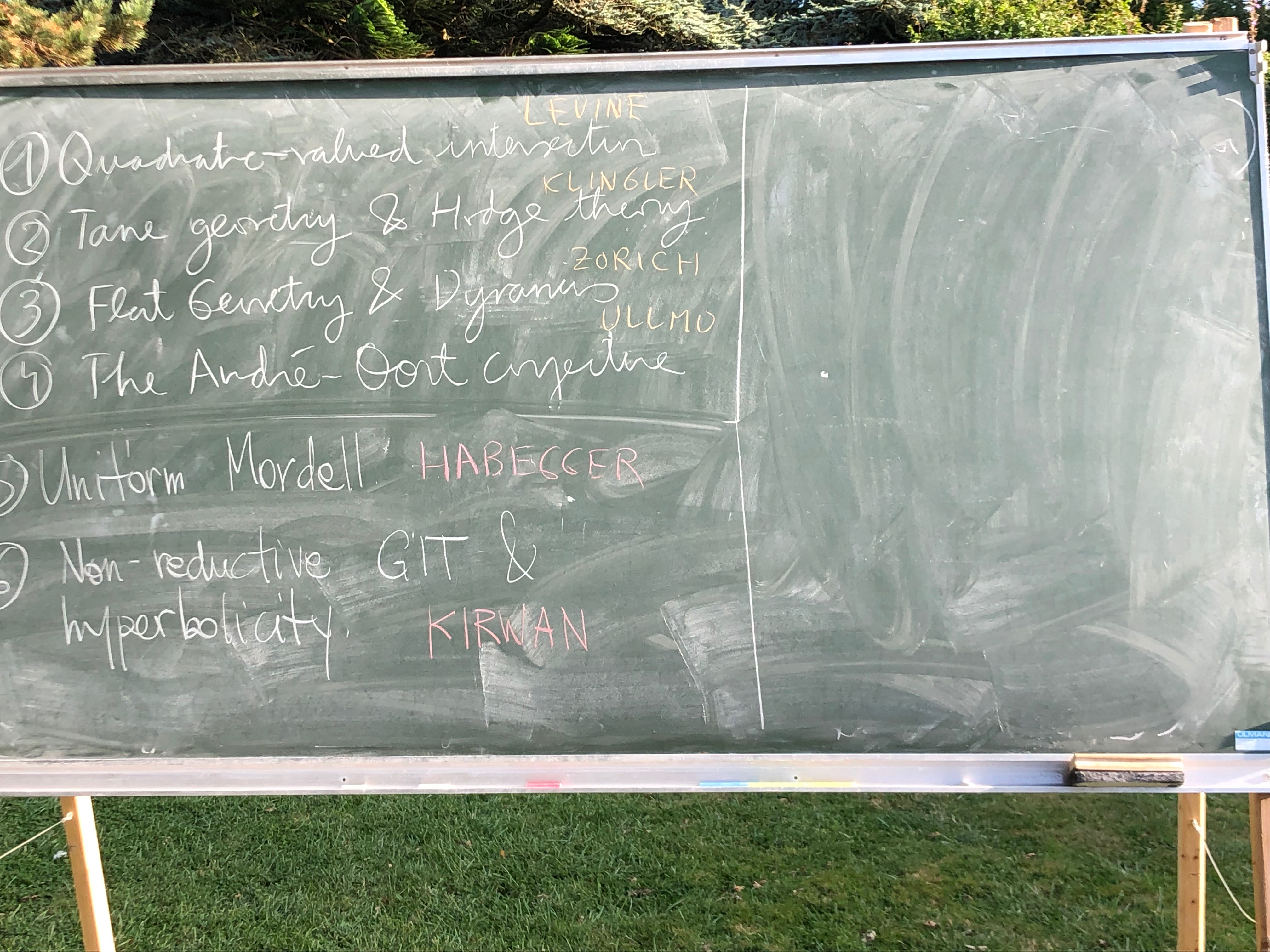
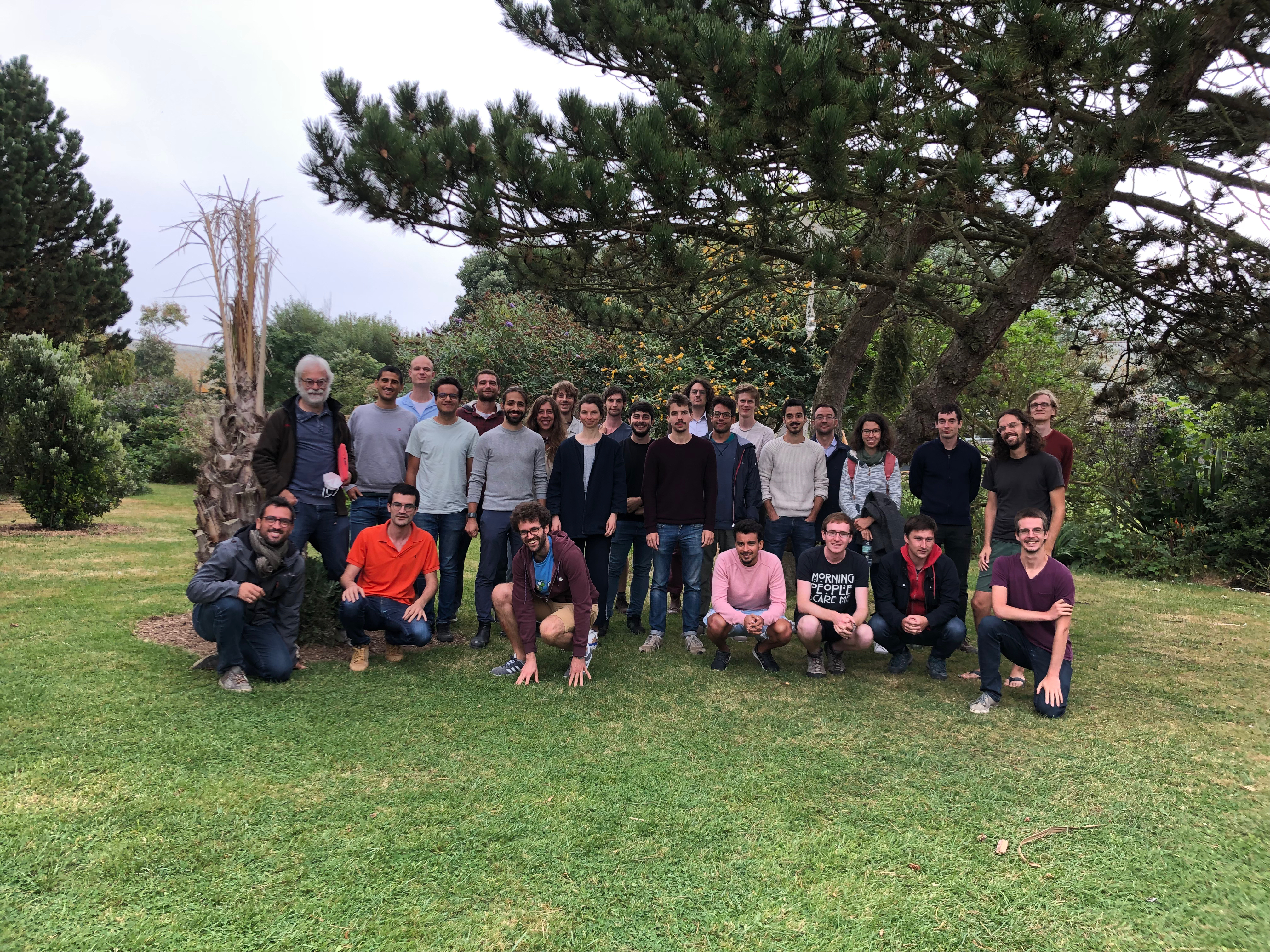
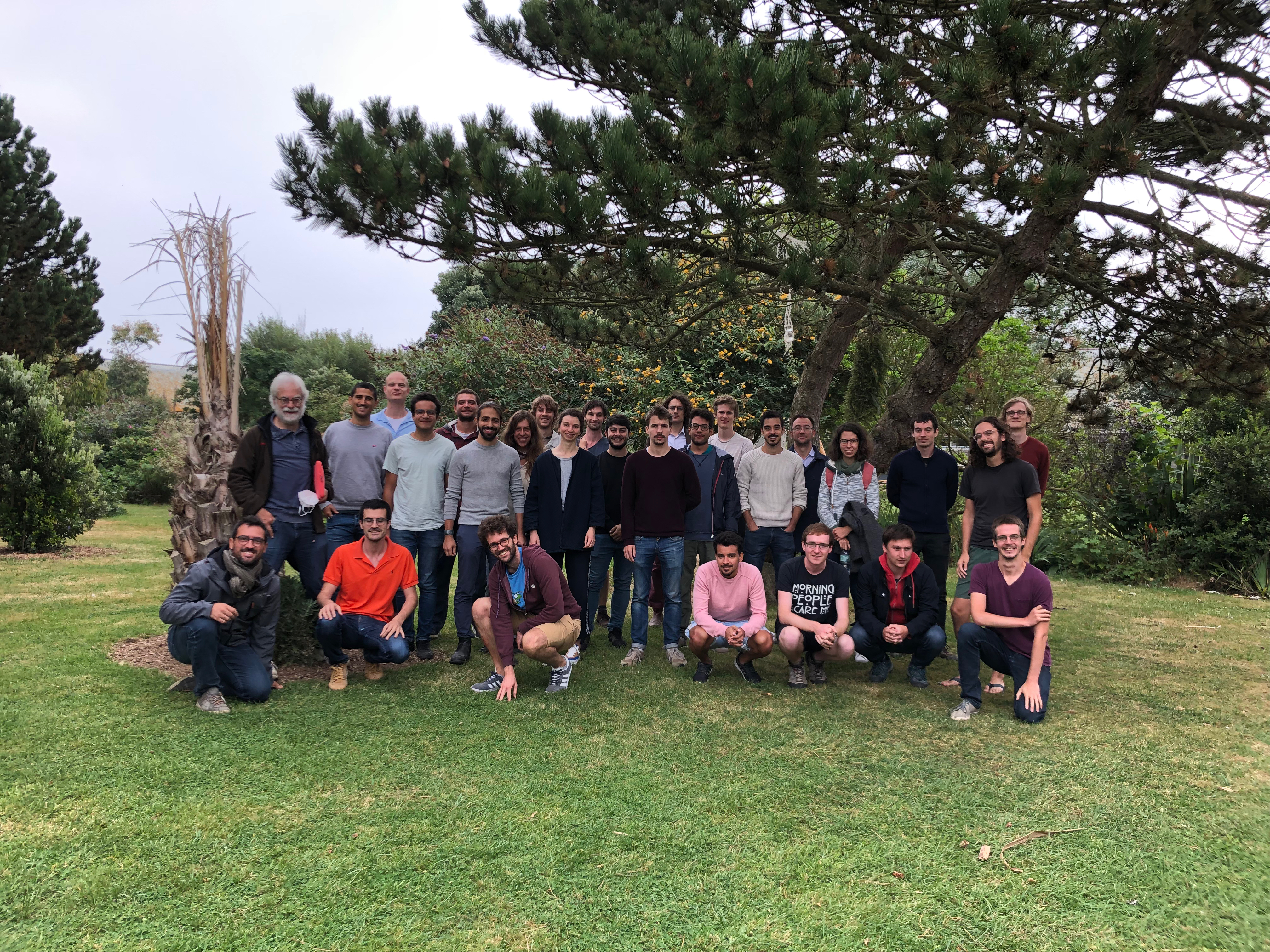

Linear systems on algebraic curves govern their embeddings into projective spaces, and hence their geometric properties; their study has been of great importance, ever since the proof of the Riemann–Roch theorem.
Understanding the behaviour of linear systems on general curves (i.e. Brill–Noether theory) is a difficult task, as most curves constructed concretely by geometric means are special from this point of view. The main tool in this area is the use of degenerations to singular curves, such as in the celebrated proof of the Brill–Noether theorem by Griffiths and Harris.
It is particularly efficient to degenerate algebraic curves to nodal curves all components of which are rational. In this case, the limit behaviour is controlled by an object of combinatorial nature: a metric graph called a tropical curve. Developing a theory of linear systems on tropical curves and using degenerations as above led to new proofs of existing theorems (the Cools–Draisma–Payne–Robela proof of the Brill–Noether theorem), as well as to new theorems in Brill–Noether theory (such as the proof by Jensen and Payne of the maximal rank conjecture for quadrics).
These applications fostered the development of tropical geometry as a rich, beautiful, and independent subject.
Recently, an entirely different application of tropical geometry to algebraic curves has arisen. Just as smooth projective curves of genus $g$ are parametrized by an algebraic variety (the moduli space of curves $M_g$), tropical curves of genus $g$ are parametrized by a topological space $M_g^{\mathrm{trop}}$: the moduli space of tropical curves.
The topology of $M_g^{\mathrm{trop}}$ is intricate: it is related to the properties of the outer automorphism group $\mathrm{Out}(F_g)$ of the free group $F_g$, and its study may shed light on $M_g$ itself. One can thus extract informations concerning $M_g$ from a combinatorial study of the topology of $M_g^{\mathrm{trop}}$.
Arguing in this way, Chan, Galatius and Payne were able to show that $H^{4g-6}(M_g(\mathbb{C}),\mathbb{Q})\neq 0$ for all $g\geq 7$, disproving conjectures of Church–Farb–Putman, and Kontsevich. This is a spectacular progress in our understanding of the topology of $M_g$. The ultimate goal of the meeting will be to understand its proof and to learn the relevant tropical techniques.
We plan to revive the tradition of an annual series of conferences in arithmetic geometry based on the model of Oberwolfach's Arbeitsgemeinschaft. They were previously organized by Jean-Benoît Bost and François Loeser from 1995 to 2002 at Luminy. The first editions covered topics such as Euler systems, higher class field theory or modular forms and Galois representations.
The public we have in mind consists mainly of PhD students and early postdocs, with the aim of offering a friendly ambience to learn mathematical subjects that do not necessarily belong to one's own research area. At the end of each edition, the topic for the next one will be voted, and a scientific program will be written in close collaboration with a leading expert. About six months before the conference, participants will apply and the talks will be distributed among them.
Scientific Committee
Anna Cadoret (Institut Mathématiques de Jussieu)
François Charles (Université Paris-Sud XI)
Sam Payne (University of Texas at Austin)
Jérôme Poineau (Université de Caen Basse-Normandie)